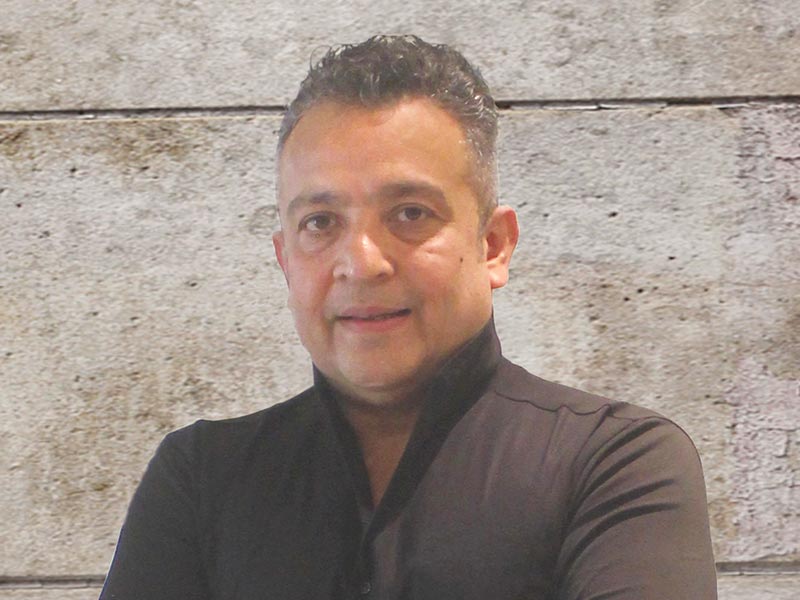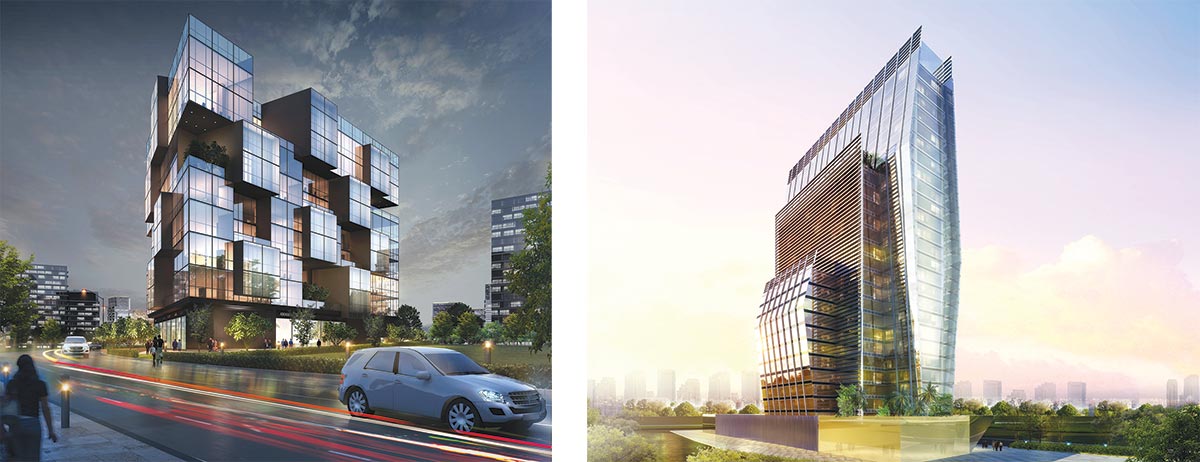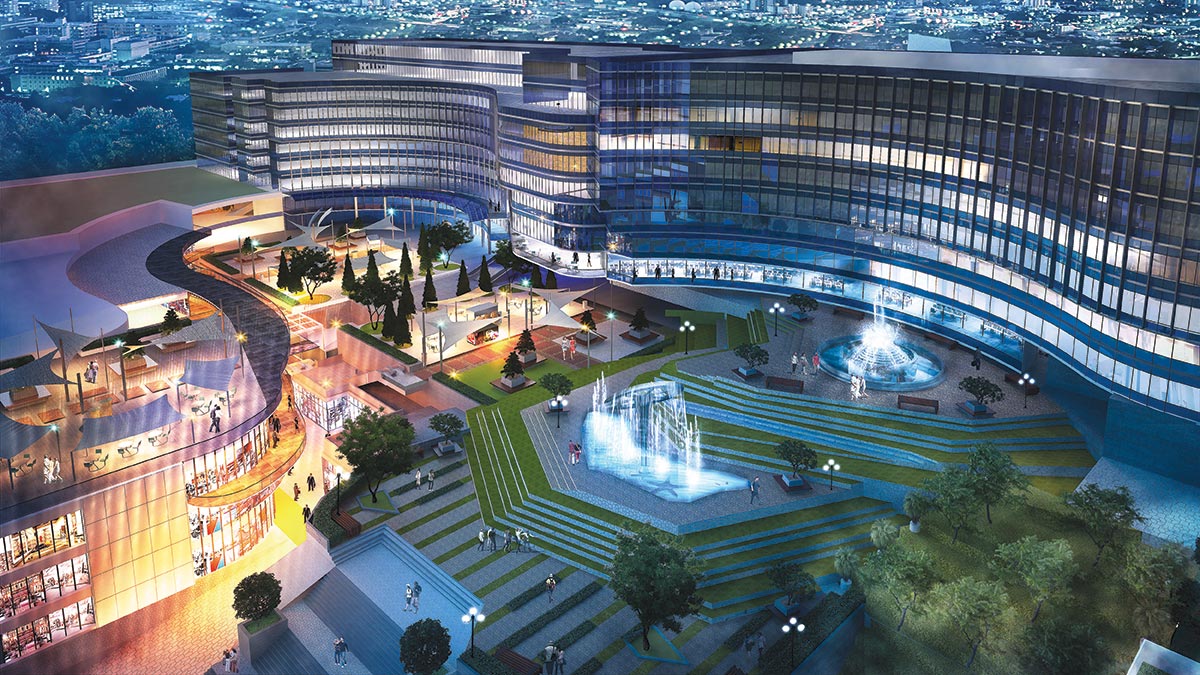
As cities become increasingly dense, it is expected that by 2050, up to 70% of the global population will live in cities, and some argue that the sprawling campus model is unlikely to be feasible in the future. Vertical campuses may be able to provide the same benefits as their horizontal counterparts, while being better aligned with the challenges of the dense urban environments.
Architecture in the contemporary world has progressed to become a constant quest for challenging the existing trends and redefining them with technological integrations, and thereby, elevating the experience of the space
We see people working wherever they happen to be – in hotels, airports, cafes, etc. These developments are turning public spaces into virtual workspaces. The working pattern of people now leaves no scope for attachment to a permanent work space. This also indicates how traditional desking is now turning near- obsolete and the nomadic worker can now just prefer any internet-enabled zone to adapt as a work setting.
 Commercial Project, Pune
Commercial Project, PuneA distinctive campus combines a global perspective with local meaning. There are many and varied opportunities to express brand and culture; aesthetics, space, services and management to create and deliver a concentrated experience that not only communicates, but also enriches the image of the organisation. Capturing the brand zeitgeist takes a front seat while conceptualizing an office architecture project.
A sustainable office design is not limited to only saving energy and natural resources; it needs to also enhance wellbeing in the workplace. In fact, the focus on well-being has already become a natural addition to any forward-thinking office design. With accreditations such as WELL Building and Fitwel becoming influential, workplaces are aspiring to enhance employee productivity through better air quality, lighting, temperature, noise insulation, physical activity etc.
 Mixed use development, Hyderabad
Mixed use development, HyderabadAs we're progressing into the future of commercial design; the industry has already begun to witness co-working, densification, the war of talent, aging millennials, 5G, occupant experience, artificial intelligence, autonomous vehicles, IoT, self-healing buildings, new energy sources, and advance visual communication systems, as precursors of change. This phenomenon is fostered by the fact that most people spend around 8-10 hours a day at work, so it is only natural that the office has to be future-proofed not only from an architectural but also a design standpoint. Even while the risk of making the wrong technology decision looms, the change of decision makers and the risk of obsolescence is e an equally tough bet. We're already in the future in a context specific to commercial architecture and design.















